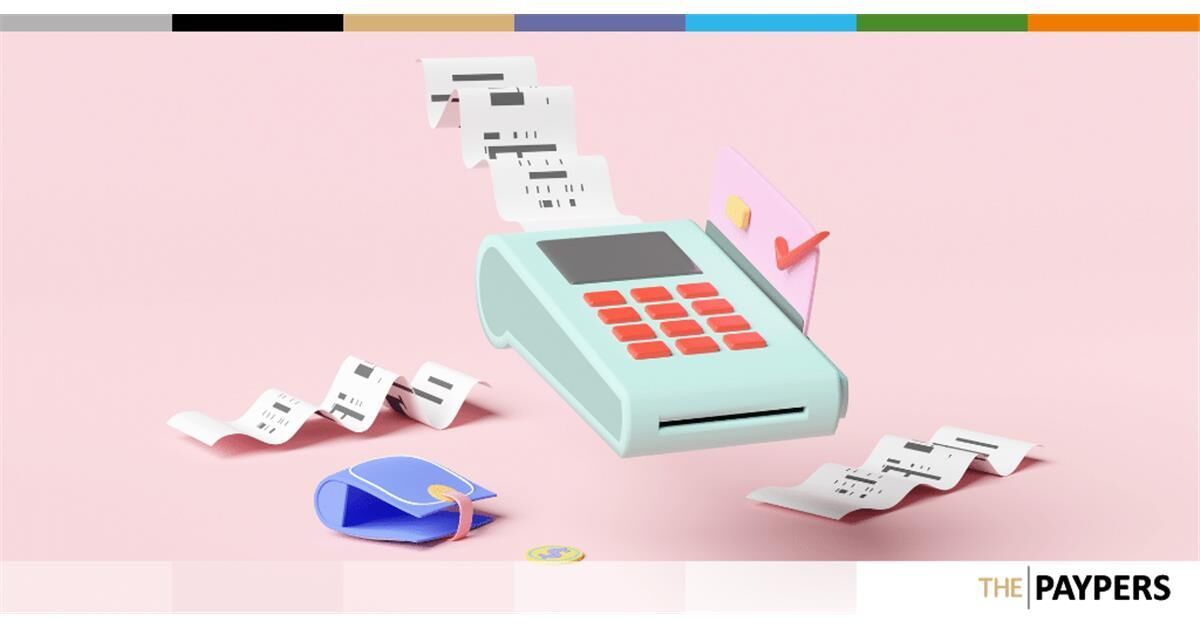Prepaid cards are defined as any payment cards that are preloaded with credit before use. The term does not refer to gift vouchers. Digital prepaid cards are exclusively in digital format, and they can be accessed using an online platform or app.
According to the report, the value of global digital prepaid card transactions is expected to exceed USD 3.98 trillion by 2028. This indicates a substantial growth from USD 528.7 billion in 2023.
Methodologically speaking, the five-year forecast took into account the number of prepaid cards issued annually, the transactional value and volume of the cards, as well as the corresponding earnings for card providers. The data is split into eight regions (North America, Latin America, West Europe, Central and East Europe, Far East and China, the Indian subcontinent, the rest of Asia Pacific, and Africa and the Middle East) and it covers information related to 60 countries.
Contextual drivers of digital prepaid card usage
As the study suggests, the rapid growth in the popularity of digital prepaid cards is linked to an increase in digitalisation and to the steady decline in the use of cash.
The expected boost in the use of prepaid cards reflects their usage as loyalty rewards as an alternative to traditional gift cards. In connection with this, another key factor that will play a role in the adoption of prepaid cards will be the proliferation of open-loop systems that allow for payments to be made with any type of card. This marks a significant shift from the current closed-loop model where one can only make payments to specific vendors.
The number of digital prepaid cards is anticipated to exceed 940 million by 2028. Their rise in popularity has to do with their appeal to the unbanked, as they provide similar operational characteristics as payment cards, without requiring the opening of an account with a financial institution.
Therefore, the future uptake in the use of digital prepaid cards will be related to the effort of ensuring financial inclusion for the unbanked and the underbanked. This will be possible given the breakthroughs in digital integration, the availability of smartphones and the uncomplicated process that vendors have access to when issuing digital cards.
As one of the researchers explained in the official press release, for digital prepaid cards to gain fast popularity, it is crucial that vendors keep the costs low and, thus, competitive when compared to mobile money apps or Central Bank Digital Currencies.


